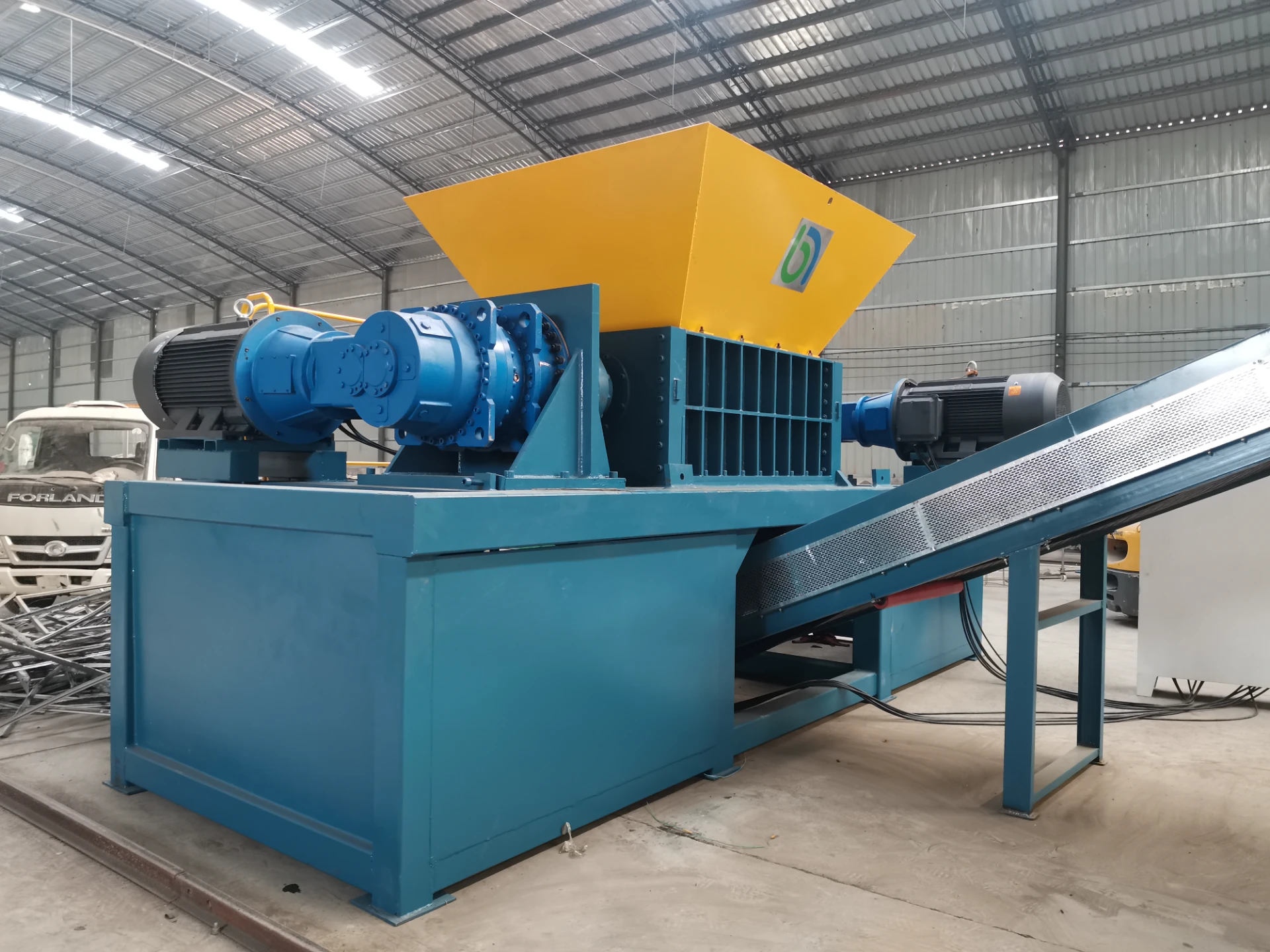Industrial garbage shredders, integral to modern waste management systems, exemplify both engineering sophistication and environmental responsibility. These machines, designed for the rigorous task of shredding a wide variety of waste materials, embody the principles of durability, efficiency, and innovation.

In the realm of industrial waste management, the experience of industry veterans underscores the pivotal role these shredders play. At the heart of effective waste processing is the ability to handle diverse waste streams, from construction debris to municipal waste, which underscores the necessity for machines that are both versatile and robust. Users frequently report the remarkable reduction in waste volume that these shredders achieve, often noting decreases of up to 75%. This significant volume reduction not only optimizes landfill space but also facilitates easier and more efficient transport and disposal of waste materials.
From an expertise standpoint, the design and construction of industrial garbage shredders involve advanced mechanical engineering principles. Typically, these shredders feature a range of configurations, including single-shaft, dual-shaft, and quad-shaft designs. Each configuration serves specific needs, such as the single-shaft shredder's high-speed operation optimal for softer materials, or the dual-shaft model’s torque-driven approach, which is ideal for tougher, denser waste materials. This variation in design is crucial, as it allows for customization based on the specific type of waste and the desired output size, enhancing operational efficiency.

The authority of leading manufacturers in the industry is demonstrated by their commitment to continuous improvement and innovation. With patented technologies that reduce energy consumption by up to 30%, these manufacturers emphasize sustainability alongside performance. Furthermore, state-of-the-art control systems integrated into modern shredders exemplify this authority, providing operators with real-time data analytics to monitor machine performance and anticipate maintenance needs. This proactive approach minimizes downtime and maximizes productivity, crucial metrics in industrial operations.
industrial garbage shredder
Trustworthiness in the industrial garbage shredder sector is built on rigorous safety and compliance standards. Manufacturers adhere to global regulations, including ISO certifications, to ensure that their equipment meets the highest safety and environmental standards. Case studies often highlight companies that have successfully integrated these shredders into their waste management processes, reporting not only increased efficiency but also enhanced safety protocols that protect employees and the environment.
Investing in an industrial garbage shredder is not merely a decision to purchase machinery but a commitment to sustainable and efficient waste management solutions. As operators seek to optimize their processes, the integration of shredders with other waste management technologies, such as compactors and recycling systems, represents a holistic approach to waste reduction. This integration is fundamental to achieving zero-waste objectives, a critical goal for many organizations in today's environmentally conscious market.
In conclusion, industrial garbage shredders stand at the intersection of engineering, sustainability, and operational efficiency. By focusing on innovative design, industry expertise, and robust compliance with safety standards, these machines not only meet but exceed the demands of modern waste management. Their role in reducing waste volume, improving transportation efficiency, and supporting sustainable practices positions them as indispensable in advancing global environmental goals. For businesses committed to innovation and environmental responsibility, the implementation of these versatile machines is a pathway to both economic and ecological success.


